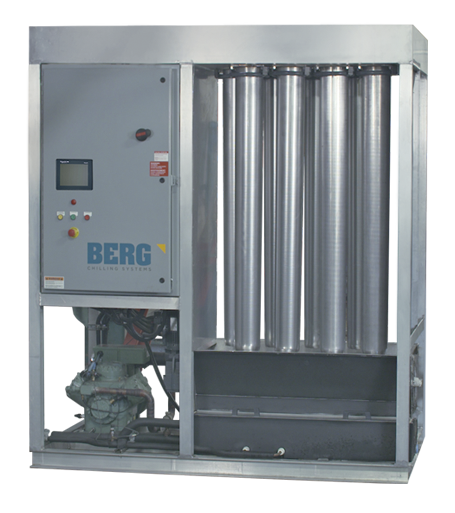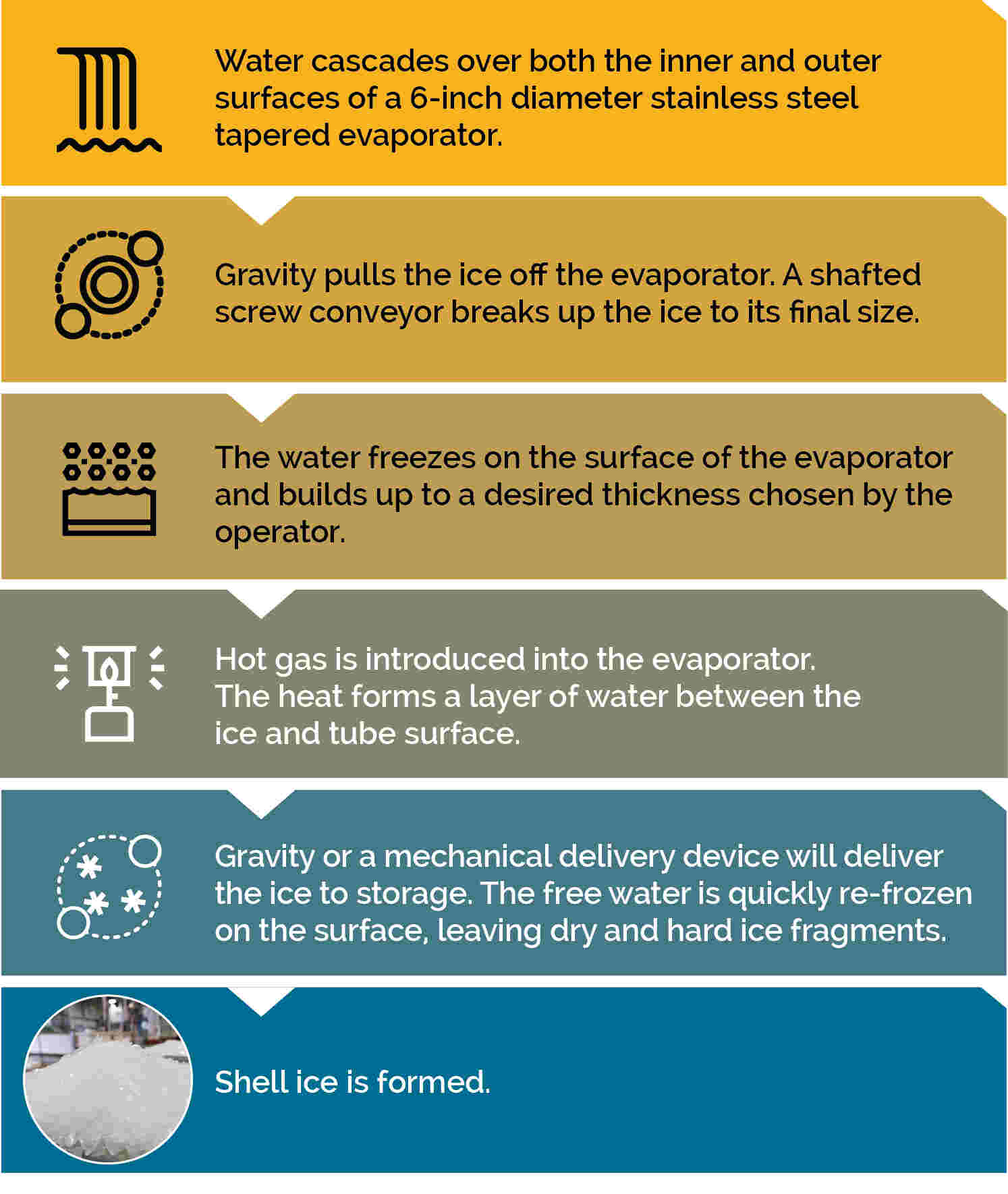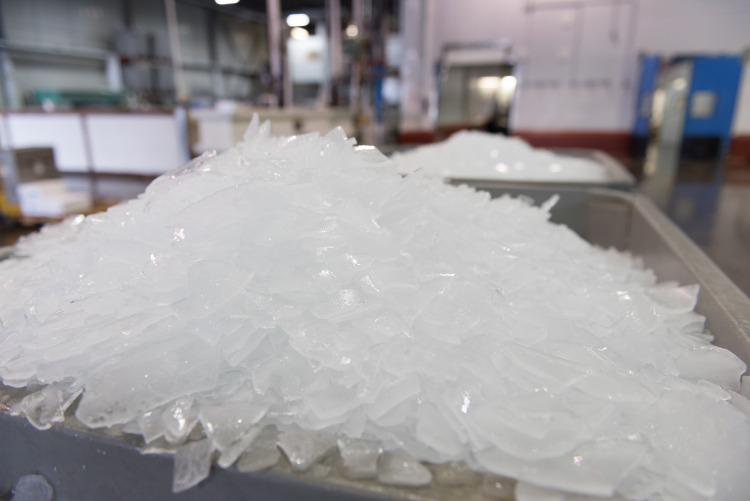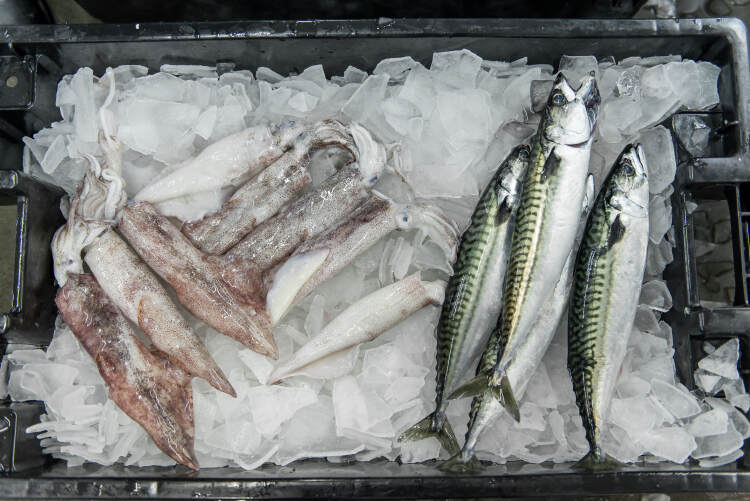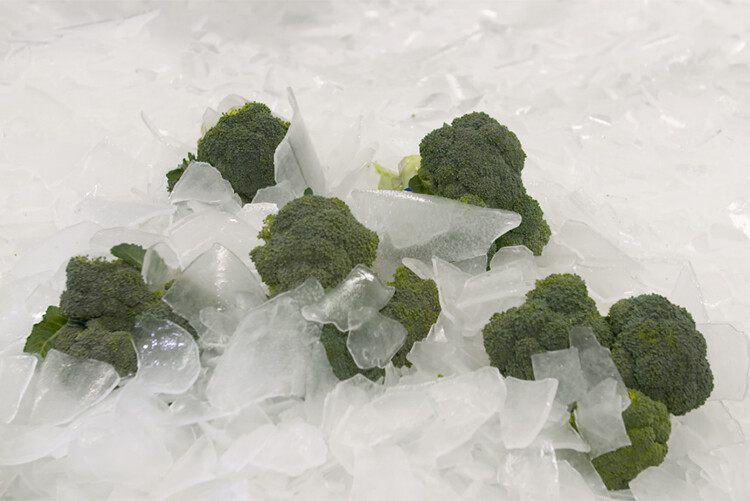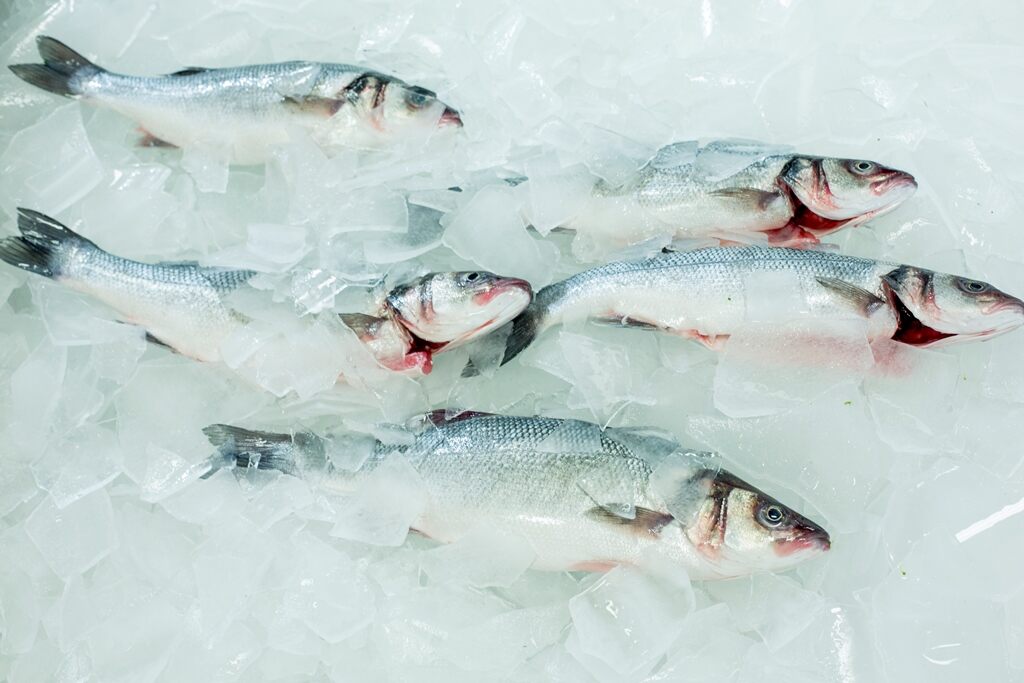Berg’s refrigeration experts took the process of ice making to the next level by designing a shell ice maker that is compact, energy efficient, environmentally friendly, and technologically advanced.
With applications in the fishing, food processing, produce, meat and poultry, and construction industries, the Berg Shell Ice Maker can produce 5 to 15 tons of fragmented ice per day.

